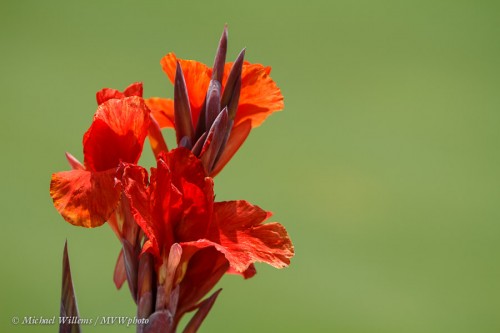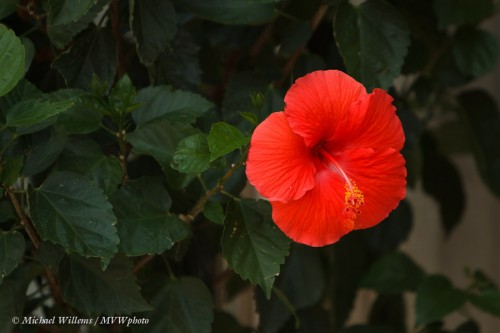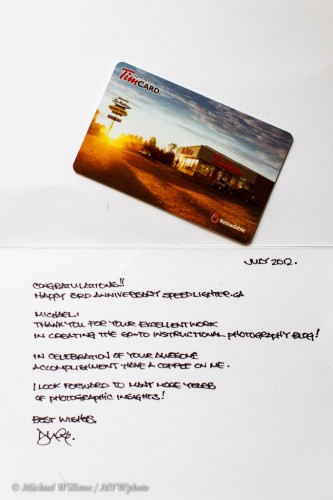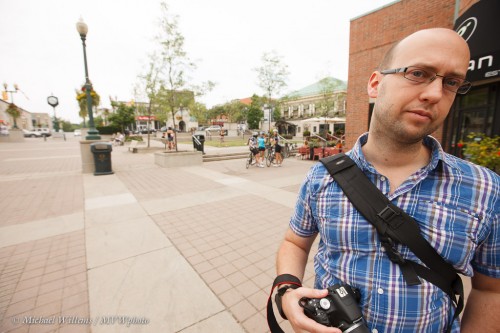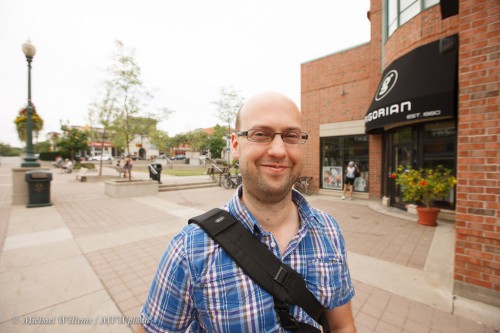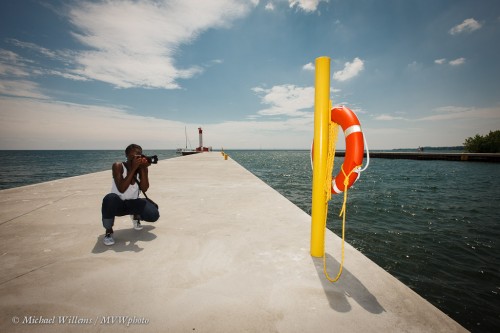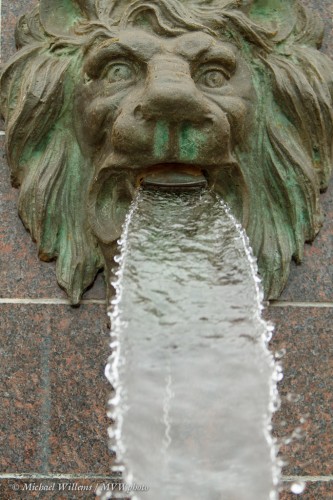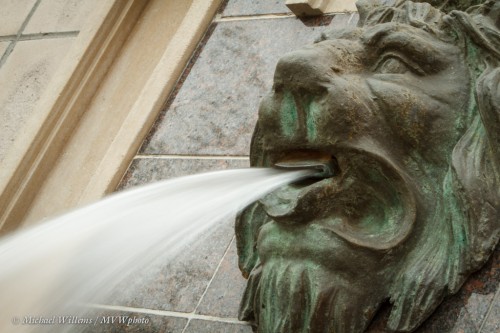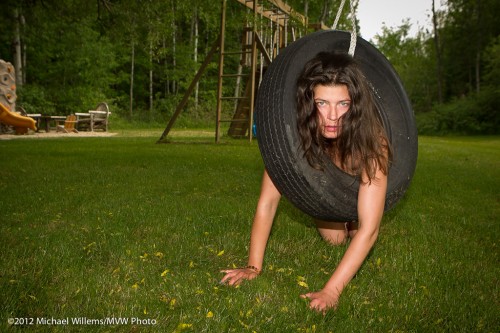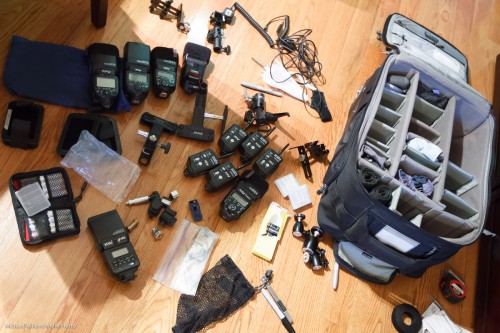For close-up photos, I have four quick tips.
First: you may not need a macro lens. Yes, of course it’s great to have one, and for small objects like bugs you need one – but there are many types of macro shot you can do without a macro lens. Small-sensor cameras (point and shoots) can get very close without any spacial lens. So can long lenses, like my 70-200mm lens, which takes pictures like this, from the Oakville walk the other day:
Second tip: use simple backgrounds. Again. like in the pic above. I defocused the grass by shooting at f/2.8.
Third tip: use contrast to make your subject stand out. Like in the shot above, where I used colour contrast. Or in this next one, where I used brightness contrast:
This time, I simply selected a dark background. You can hold a sheet of black paper behind the flower if you like, too.
Tip four: avoid direct sunlight if possible, though translucent flowers are nice. Else, soften the light, e.g. by using a diffuser.
Go try – point-and-shoot, or SLR with large lens: go take a flower picture right now. Questions? You know where to find me.

